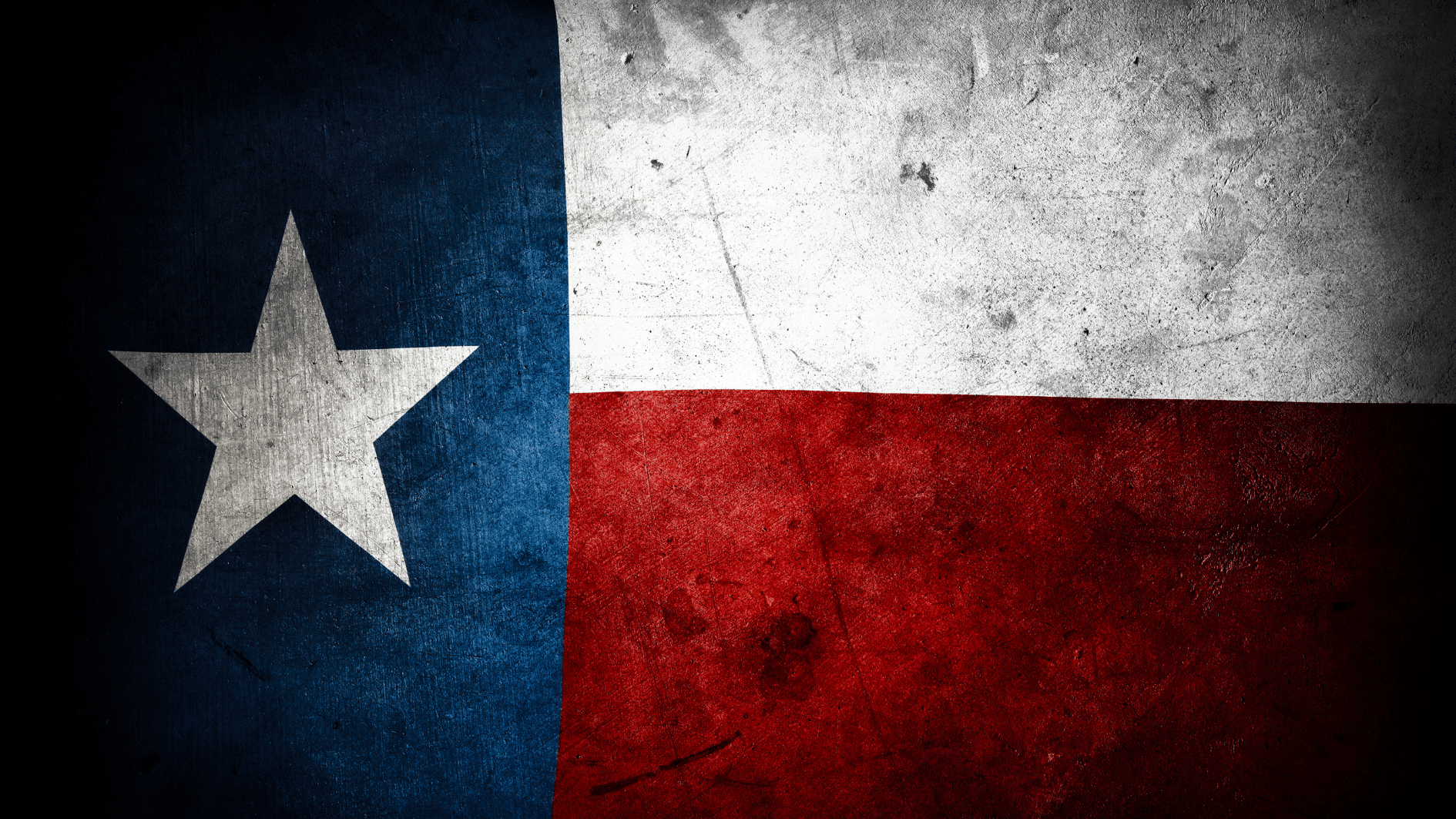Image source: Canva.com
While much of the Houston area endured heat and power outages following Hurricane Beryl last week, Bill Swann never lost electricity.
Swann relied on 16 solar panels in his backyard and a battery system to meet his home’s basic needs in Hilshire Village.
Asked if his neighbors were envious, he said he didn’t know. Most had left until the utility, CenterPoint Energy, could restore power. “I love to brag about the fact that I’m living off of solar,” he said.
Solar enthusiasts may recognize Swann from his free workshops on rooftop solar. A retired mechanical engineer, he enjoys designing and building solar systems, including his own.
I reached out to Swann this week to gauge if Beryl and ongoing concerns about grid reliability have made Texans more open to rooftop solar.
Customer-owned resources are vital for transitioning away from fossil fuels and reducing demand on a grid reliant on natural gas power plants. Texas ranks third in the U.S. for electricity generation from small-scale solar, including rooftop systems, trailing California and Arizona, according to the Energy Information Administration (EIA).
However, Texas ranks 20th on a per-capita basis, indicating significant growth potential. Last year, small-scale solar generated roughly 1% of the state’s total electricity from large power plants.
According to a 2018 National Renewable Energy Laboratory paper, Texas has the technical potential to cover over 30% of its electricity consumption with rooftop solar. However, this figure may overestimate market and consumer adoption. An update to this research is expected next year.
Texas has rapidly increased its electricity generation from small-scale solar. In 2023, the state produced 4,337 gigawatt-hours from this category, a 45% increase from the previous year, according to the EIA. Among the top 10 states for small-scale solar generation, only Florida had a higher growth rate at 47%.
“I think the public is ready to embrace a paradigm shift in how we manage power distribution in Houston,” said Rafael Lemaitre, spokesperson for Power Up Harris County, a coalition promoting rooftop solar and other distributed energy technologies in greater Houston. “Most people may not know what distributed energy distribution is, but they know the current status quo isn’t working, and they’re eager for change.”
Houston is receiving significant funding for rooftop and community solar from the Biden administration’s Solar for All program, which is providing about $250 million to Harris County-based nonprofits. The primary beneficiaries will be low- and moderate-income households.
While Texas has not offered substantial state or local incentives for rooftop solar, residents can benefit from federal programs like the investment tax credit, covering 30% of system costs.
Ryan Barnett, senior vice president of policy and market development for Palmetto, a climate tech company, noted that rising utility costs and grid reliability concerns drive rooftop solar adoption in Texas.
“Texas is a fast-emerging behemoth of a distributed energy resource market,” he said, adding that interest surged after the 2021 winter storm that caused widespread power outages. As reliability issues persist, consumers increasingly seek technologies to enhance resiliency.
Hurricane Beryl is expected to boost this growing interest, Barnett said. Another factor is the steady cost of solar and storage compared to rising utility costs. While a solar system may cost around $20,000, the savings on electricity bills can recoup this expense in less than seven years.
Bill Swann has long argued for the economic benefits of solar. He finds it easier to persuade people today. “There’s a strong economic case for solar,” he said. “The payoff is usually about 8, 10, 12 years. After that, it’s free energy.”
Source: The Texas Tribune





